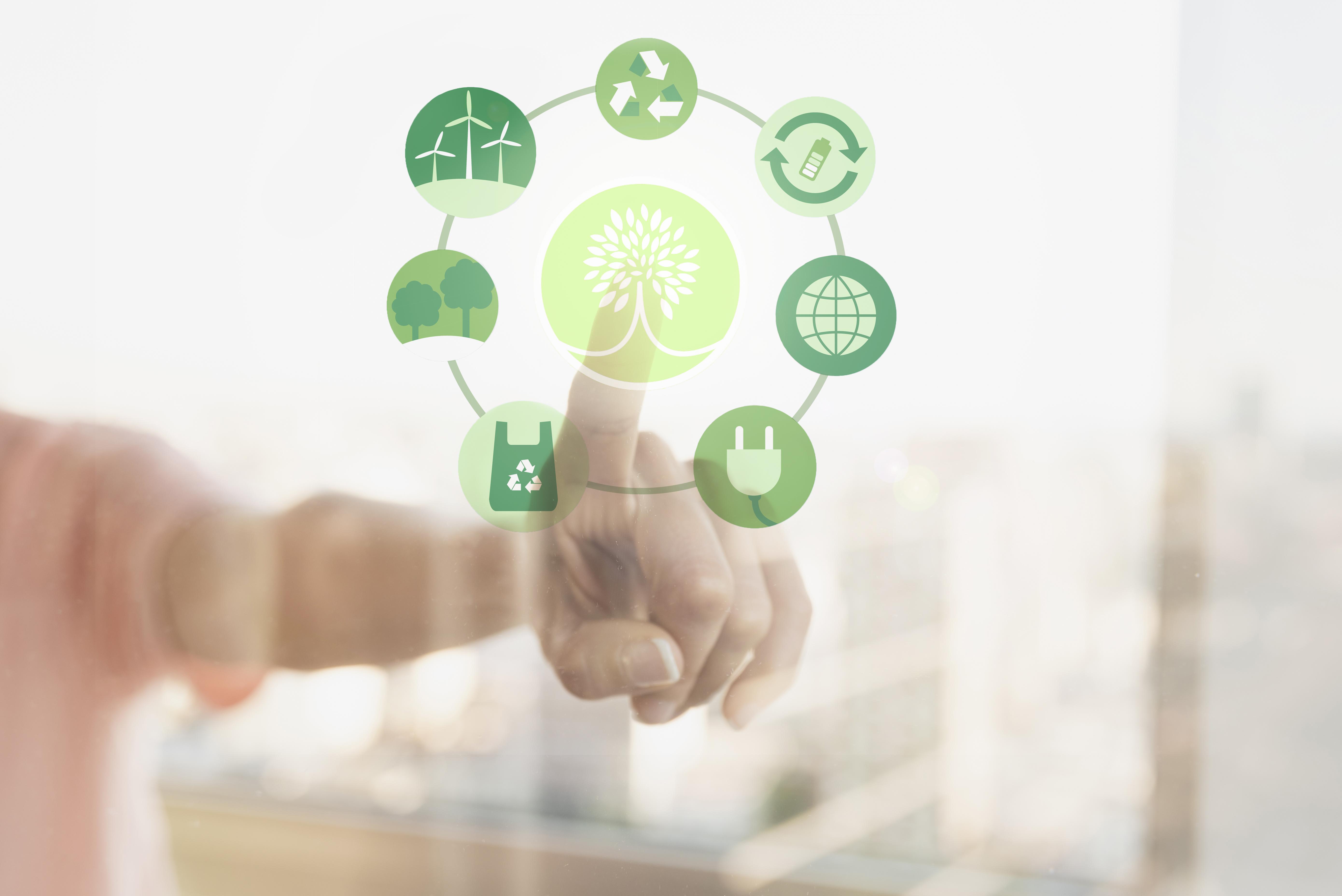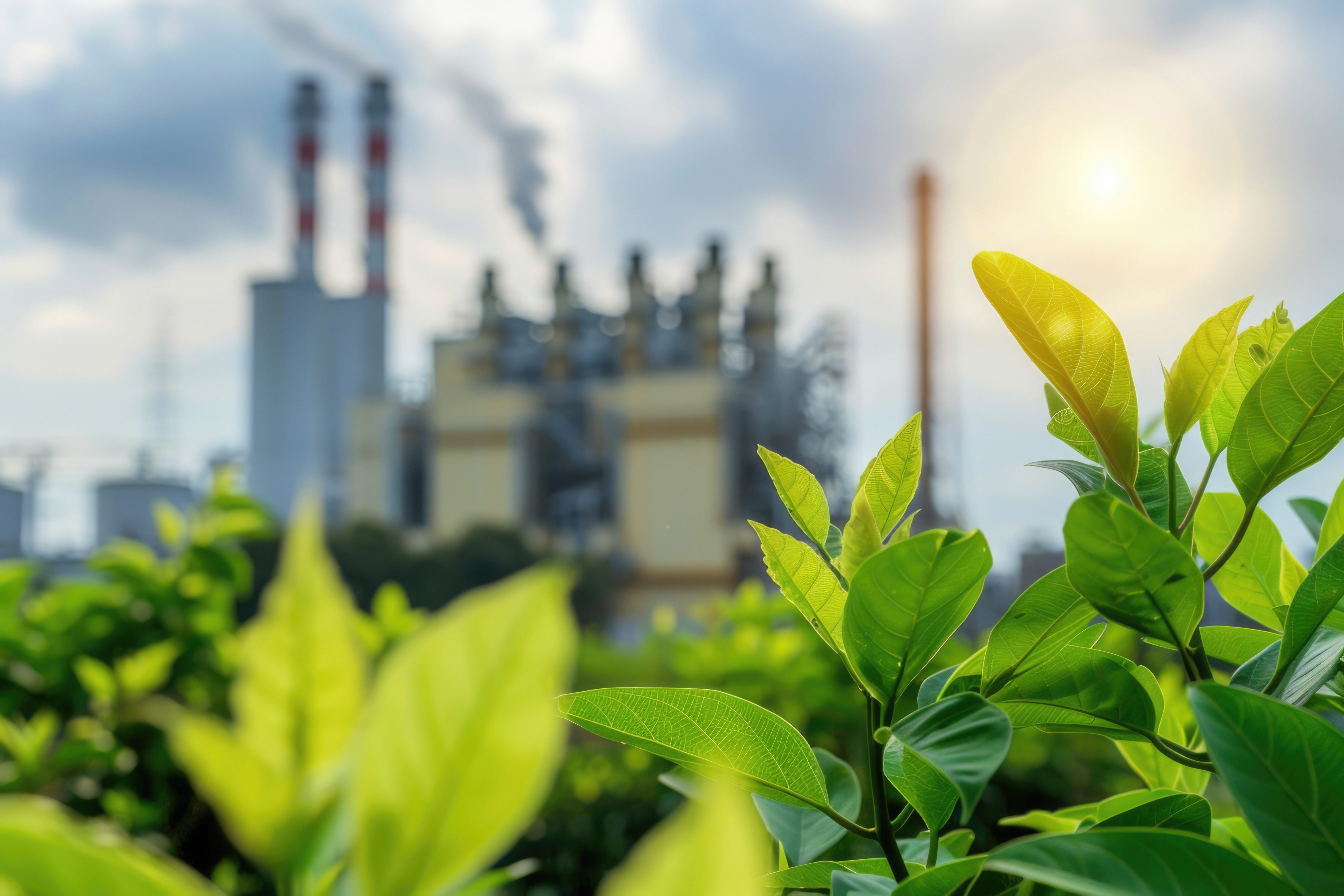From the smartphones we hold to the clothes we wear, every product we consume has a story. However, behind these stories lies an often-overlooked environmental footprint. Life Cycle Assessment (LCA) is a scientific method that reveals the story behind a product, from raw material extraction to the end of its life. Want to know how a simple product can have such a significant impact on the environment? Let’s dive deeper into LCA.
Explanation of Life Cycle Assessment
Life Cycle Assessment (LCA) is a systematic approach to assessing the environmental burdens associated with a product, process, or system. LCA includes inventorying inputs and outputs, impact assessment, and interpretation of results. By conducting an LCA, we can identify the stages in a product’s life cycle that contribute the most to environmental impacts, allowing for appropriate corrective actions. Moreover, LCA is a valuable tool for making more sustainable decisions. By conducting an LCA, we can compare different product or process alternatives, identify opportunities to reduce environmental impacts, and communicate our product’s environmental performance to consumers. LCA can also support the development of new, more environmentally friendly products.
Steps to Conduct a Life Cycle Assessment
Imagine you want to understand the environmental footprint of a smartphone. Life Cycle Assessment (LCA) will help you trace the journey of the smartphone, from raw material extraction to disposal. LCA involves five critical steps:
- Goal and Scope Definition
- Define the Goal: Clearly define the purpose of the LCA analysis. For example, comparing two products, evaluating the environmental impact of a production process, or meeting regulatory requirements.
- Set the Scope: Determine the system boundaries to be analyzed, including the life cycle stages to be evaluated and the types of environmental impacts to be measured.
- Inventory Analysis
- Collect Data: Gather quantitative data on all inputs and outputs associated with the product system. Inputs include raw materials, energy, water, and labor, while outputs include final products, waste, and emissions.
- Analyze Data: Organize and analyze the collected data to obtain a comprehensive picture of material and energy flows within the product system.
- Impact Assessment
- Select Assessment Methods: Choose appropriate assessment methods based on the analysis’s goal and the available data. Commonly used assessment methods include impact category-based methods (CML-IA, Eco-indicator 99) and characterization-based methods (ReCiPe).
- Calculate Impacts: Calculate the environmental impacts of each inventoried input and output, considering various impact categories such as climate change, energy use, and eutrophication.
- Interpretation
- Analyze Results: Analyze the impact assessment results to identify the life cycle stages that contribute most significantly to environmental impacts.
- Draw Conclusions: Draw conclusions about the overall environmental impact of the analyzed product or process.
- Evaluation
- Critical Evaluation: Evaluate the reliability and limitations of the LCA analysis results.
- Identify Uncertainties: Identify sources of uncertainty in the data and methods used.
Examples of Life Cycle Assessment Applications
Life Cycle Assessment (LCA) has been widely applied across various industry sectors. For example, in the automotive industry, LCA is used to compare the environmental impacts between fossil fuel vehicles and electric vehicles. In the food sector, LCA helps evaluate the environmental impacts of different food production methods, such as organic and conventional farming. Meanwhile, in the electronics industry, LCA is used to measure the environmental impact of smartphone production, including raw material extraction, manufacturing, and electronic waste disposal. Here are some detailed examples of LCA applications in various sectors:
- Food Sector
- Comparison of Beef and Plant-Based Products: LCA can be used to compare the environmental impacts of beef production versus plant-based products like tofu or tempeh as alternative protein sources. This analysis considers land use, water consumption, greenhouse gas emissions, and energy use at each production stage.
- Food Packaging: LCA can be used to compare the environmental impacts of different types of food packaging, such as single-use plastic packaging, paper packaging, or biodegradable packaging. This analysis considers the packaging production process, transportation, and its environmental impact after use.
- Energy Sector
- Power Plants: LCA can be used to compare the environmental impacts of different sources of electricity, such as coal, natural gas, nuclear, hydroelectric, wind, and solar power plants. This analysis considers greenhouse gas emissions, water use, and impacts on biodiversity.
- Motor Vehicles: LCA can be used to compare the environmental impacts of fossil fuel vehicles and electric vehicles throughout their life cycles, from raw material extraction, production, and use to recycling. This analysis considers greenhouse gas emissions, energy consumption, and waste production.
- Electronics Sector
- Smartphones: LCA can analyze the environmental impacts of smartphone production, from extracting raw materials such as rare earth metals, component manufacturing, assembly, to electronic waste disposal. This analysis considers energy use, greenhouse gas emissions, and hazardous waste production.
- Computers: Similar to smartphones, LCA can also be applied to computers to evaluate the environmental impacts throughout their life cycles.
- Building Sector
- Building Materials: LCA can be used to compare the environmental impacts of different building materials, such as concrete, wood, and steel. This analysis considers the production process, transportation, and environmental impact over the building’s lifespan.
- Green Buildings: LCA can evaluate the environmental performance of green buildings, considering energy, water, and material use, as well as indoor air quality.
- Textile Sector
- Clothing: LCA can analyze the environmental impacts of clothing production, from cotton cultivation and dyeing processes to the disposal of used clothing. This analysis considers water use, the use of hazardous chemicals, and greenhouse gas emissions.
Why Companies Should Conduct a Life Cycle Assessment
Life Cycle Assessment (LCA) is an essential tool for companies aiming for sustainability and increasing business competitiveness. By conducting an LCA, companies can identify areas for improvement to reduce environmental impact, optimize resource use, and develop more innovative products. Additionally, LCA provides accurate data to support better business decision-making and enhances company transparency. In an increasingly competitive and environmentally conscious era, LCA has become a necessity for companies looking to survive and thrive.
LCA Tools
To facilitate the implementation of LCA, various software options are available on the market, such as SimaPro, GaBi, and OpenLCA. These software tools provide various features to support each stage of the LCA process, from data collection to result interpretation.
Through this article, we have learned that Life Cycle Assessment (LCA) is key to building a better future. By applying LCA, we can contribute to reducing negative environmental impacts and creating more eco-friendly products. Want to start your company’s journey towards a more sustainable industry? Visit SUCOFINDO’s website for more information on certification services tailored to your company’s needs.






